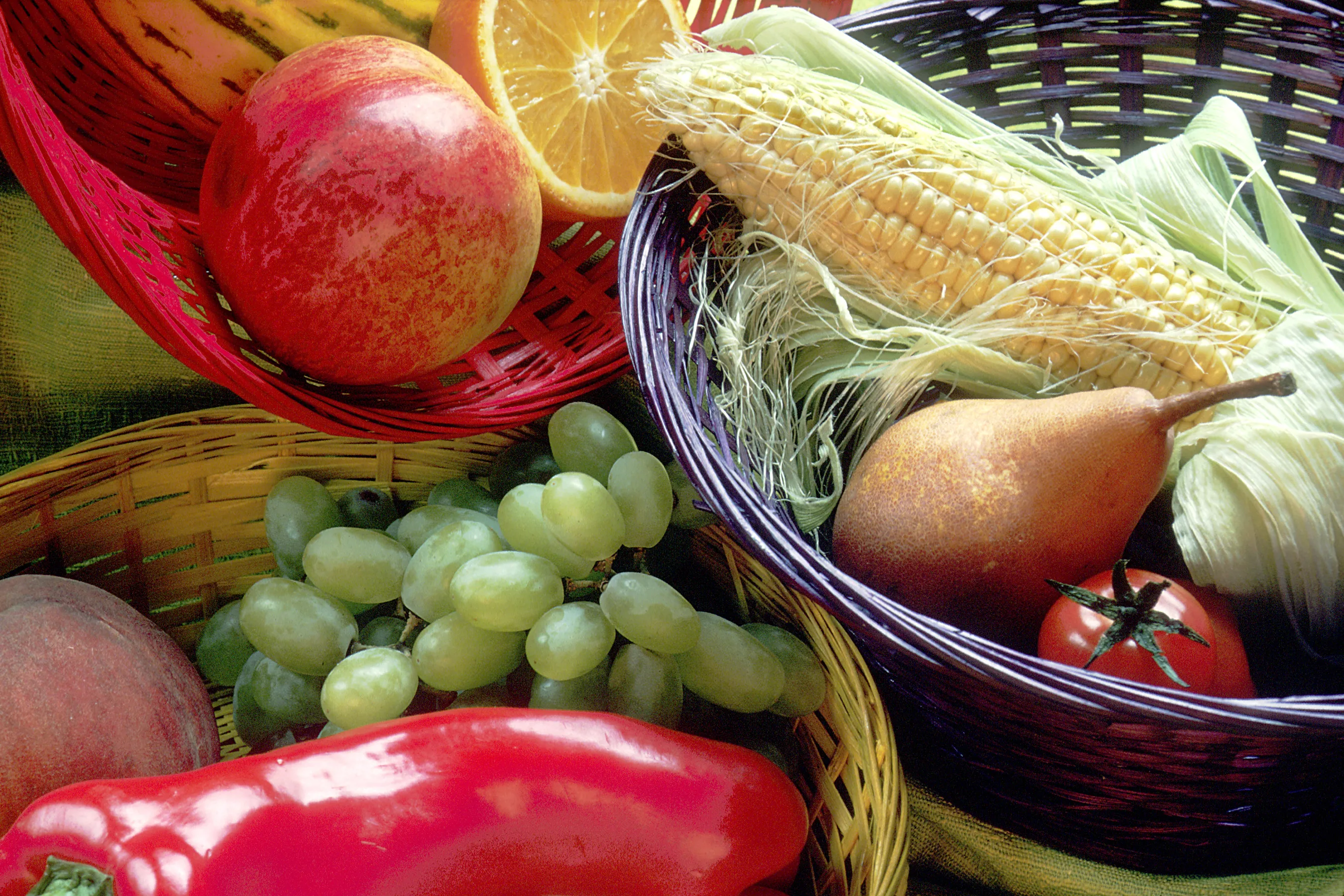Blog
Free Radicals and Antioxidants
By Nathan Chambers, Recent Arizona State University Nutrition Student
If you are a person who is concerned with health and eating a disease-preventative diet, you have probably heard the terms ‘free radical’ and ‘antioxidant.’ Maybe you’ve even heard the term ‘flavonoid.’ And, like most, you are probably familiar with the connotations of each of these terms, but you may not be completely familiar with their definitions.
So what are antioxidants and how, exactly, are they good for you? Are you getting enough antioxidants, or should you be supplementing your diet? What is a flavonoid?

To begin understanding the role of these substances in your body, it is best to start with an understanding of free radicals. Free radicals are chemical substances within the body which contain an extra, unpaired, electron1. This is important because some free radicals (oxygen-containing, reactive free radicals1) can cause damage to tissues, body systems, and cells. This damage can then contribute or lead to diseases such as some forms of cancer, Alhzeimer’s disease, and a whole slew of heart related diseases1. This damage, which occurs in the absence of antioxidants, is referred to as oxidative damage, or oxidative stress.
It is important also to understand where free radicals come from. In nature, free radicals are created during aerobic metabolism. Unused oxygen molecules with unpaired electrons are left to freely wander around, causing cellular damage wherever they wind up. You can also be exposed to environmental free radicals from things like industrial smoke and pollution, radiation like UV (sun) light, and exposure to certain chemicals.
Antioxidants are substances which mitigate the damage done by free radicals. This can be accomplished by repairing or removing already damaged cells, eliminating free radicals which have already been formed, or by stopping free radical creation before it begins.
Antioxidants are also naturally present within our bodies– within cells as well as exterior to them, such as in plasma1. One of their many functions is to provide an inherent protection against free radical damage. Through cell signaling pathways, our bodies react to an excess build-up of free radicals by sending in antioxidants to clean up the mess.
There are many different forms of antioxidants, and we can support and potentially increase, our body’s level of antioxidants through our diet.
Antioxidants
- Vitamin C
- Vitamin E
- Glutathione
- Carotenoids
- Flavonoids
Flavonoids function as antioxidants which can help to prevent the formation of free radicals2. As well, many flavonoids have the ability to repair damage already caused by free radicals2.
Flavonoids are present in plants. In plants they have many functions, some of which are these same effects antioxidants have in humans. They also give plants (flowers and fruits) their color, act as photo-receptors, and due to their astringency are repellents to other organisms which might otherwise consume them2.
Due to limited research on these non-nutritive-considered phytochemicals, it is difficult to say just how much of an effect they truly have on antioxidant activity within our bodies, or the level at which they are protective against disease. While there is no set number of recommended phytochemicals for the human diet, it is widely accepted that they are a vital necessity to the overall health of an individual. In particular, there is strong evidence, based on epidemiological study, that the consumption of flavonoids is inversely correlated to heart disease and stroke2.
Foods containing flavonoids:
- Citrus fruits
- Apples
- Grapes
- Berries
- Black currant
- Red wine
- Spinach
- Carrots
- Soybeans
- Legumes
This list goes on. These are just a few examples of foods containing flavonoids. Due to the large variety and types of flavonoids, different fruits and vegetables have different concentrations of these phytochemicals.
As is always recommended, it is best to eat a varied diet containing a many different fruits and vegetables. By consuming these kinds of foods you are not only getting a healthy dose of fiber, protein, and vitamins and minerals, but you will be including the essential element of phytochemicals such as flavonoids and possibly reducing your risks of disease and cancer.
For recipes including the fruits and veggies mentioned above, and for more health articles, visit Fill Your Plate!
References:
(1) Li, Y. R., & ebrary, I. (2012). Free radical biomedicine: Principles, clinical correlations, and methodologies. Saif Zone, Sharjah, U.A.E: Bentham Books.
(2) Pietta, P. G. (2000). Flavonoids as antioxidants. Journal of Natural Products, 63(7), 1035-1042. doi:10.1021/np9904509
(3) Cassidy, A., Huang, T., Rice, M. S., Rimm, E. B., & Tworoger, S. S. (2014). Intake of dietary flavonoids and risk of epithelial ovarian cancer. The American Journal of Clinical Nutrition,100(5), 1344-1351. doi:10.3945/ajcn.114.088708
















